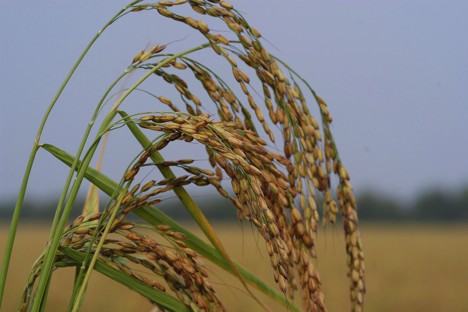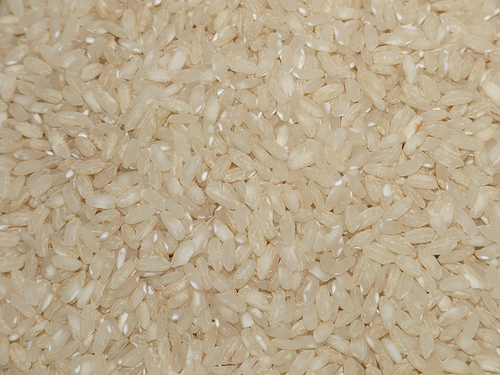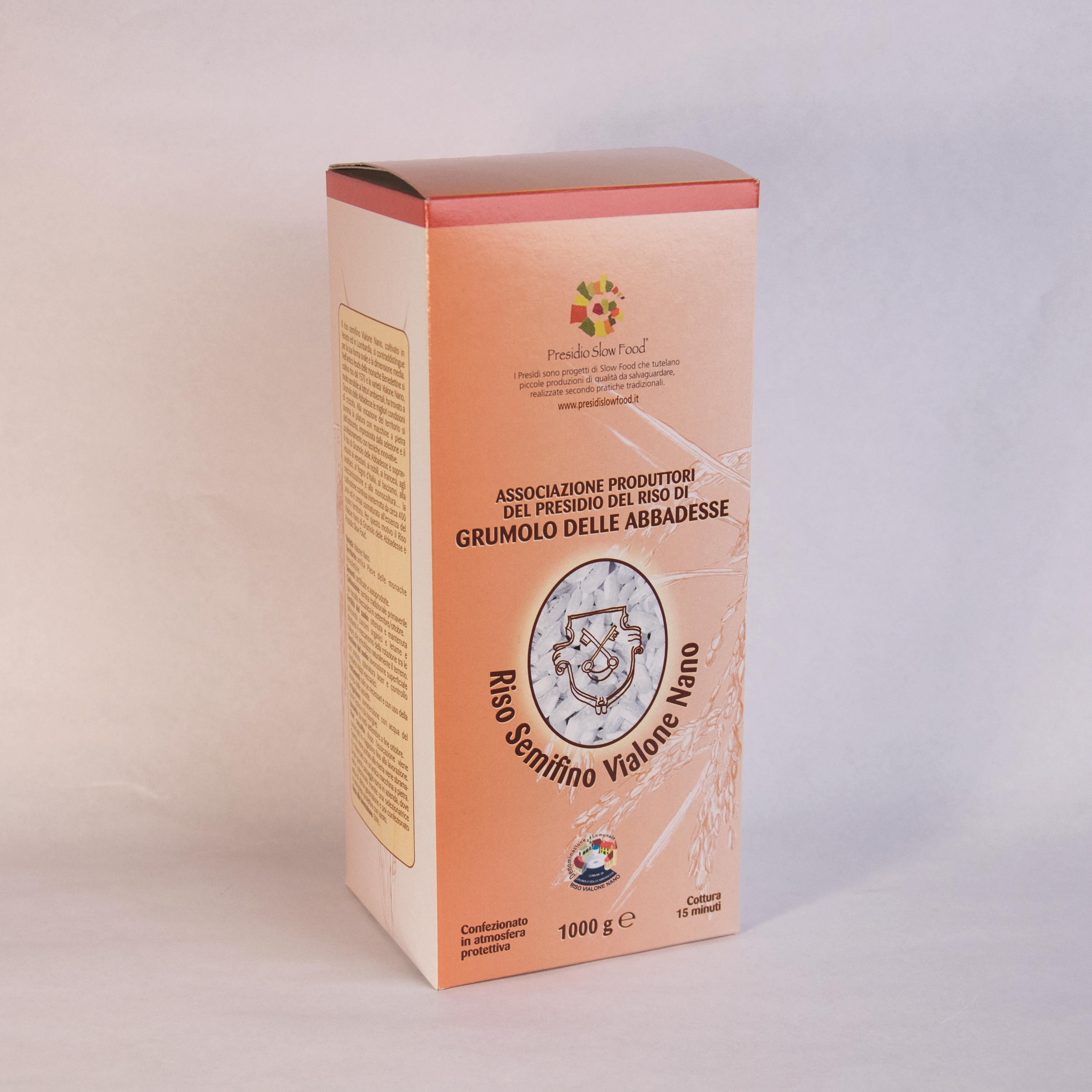
This post is also available in:
 Italiano (Italian)
Italiano (Italian)
The name of the municipality where this type of rice is grown – “Grumolo” – refers to the grumulus hillock on which a castle once stood in ancient times; the abbesses (“Abbadesse”) are, instead, the main architects of the country’s fortune: in fact, the nuns of the Benedictine monastery of San Pietro in Vicenza were the first to cultivate this land around 1000, on behalf of Bishop Liudigerio I.
Thanks to them, in two centuries, the marshy forests that stretch beyond the Tesina River changed their appearance: brushes were eliminated and several reclamation canals were dug – as many as 900, equal to 865 acres. In the XVI century, 200 fields were cultivated with rice, a cereal introduced by the Arabs to Sicily in the IX century but introduced mainly in the Po River valley reclaimed by the Benedictines.
The Meneghina canal, which crosses the centre of Grumolo, originates from the Tesina River near Bolzano Vicentin; in the past, it was the main route transporting rice with boats and horse-drawn barges along the banks. The rice was then crammed into the abbesses’ warehouse before going on sale.
The cultivation of rice has given a very strong identity to the small town of Grumulo, and not only because of the canals. The splendid patrician villas in the surroundings were built by the nobles, in particular, the Venetians who, following the commercial setback of the “silk road” – after the discovery of America – considered the cultivation in the hinterland a vital solution for coping with the lack of resources from maritime trade.
Thus, new and unique gastronomy developed, with different treats for each season, on noble and peasant tables such as “risi e bisi”, (“rice and peas” favoured by the Doge of Venice on the day of San Marco, the patron saint of the Serenissima Republic), or the “risotto with bruscandoli” (hop sprouts that can be picked along the hedges). Then, tenches and eels appeared on the menu – another godsend from the water. In autumn, it was time for quails, then beans, potatoes, cabbage and pumpkin.
Grumolo delle Abbadesse Rice
The rice from Grumolo delle Abbadesse, a food praesidium acknowledge by the Veneto Region, is a local variety of Vialone Nano produced in the municipalities of Grumolo delle Abbadesse, Torri di Quartesolo (in the province of Vicenza), and Gazzo Padovano (in the province of Padua).
Due to its low yield, it has been often replaced with modern varieties, such as Carnaroli, or even other productions such as corn.
Still, Vialone Nano, is one of the six historical Italian varieties (along with Arborio, Baldo, Balilla, Carnaroli, and Sant’Andrea) which in the early 1970s accounted for more than half of the rice grown in Italy (today is only 30%). This rice is also the Venetian variety par excellence and is still mainly cultivated in the provinces of Verona, Pavia, and Mantua.
Grumolo delle Abbadesse was born in 1937 from a cross between Vialone Nano, no longer cultivated today, and Vialone Nano; it is semi-fine rice, with rounded grains of medium size, ideal for salads and especially risotto, in particular with fish and vegetables. The abovementioned praesidium strives to safeguard and encourage the very cultivation of this type of rice in Grumolo.
This post is also available in:
 Italiano (Italian)
Italiano (Italian)
Contatti
Grumolo delle Abbadesse(VI)



